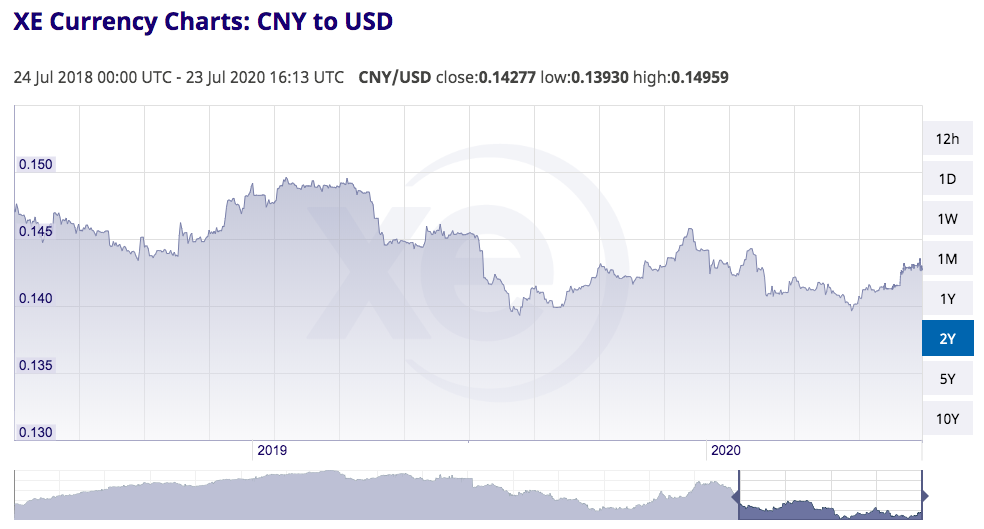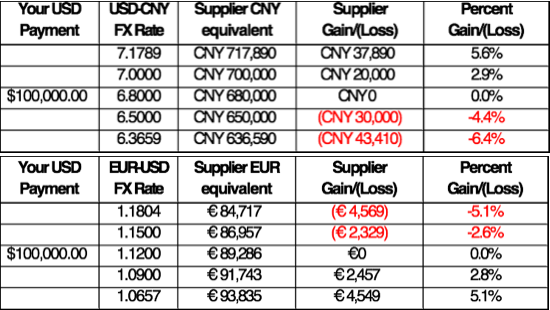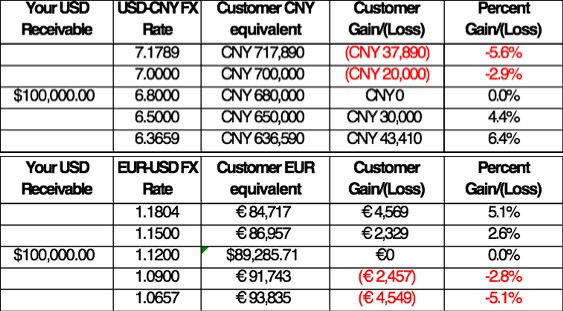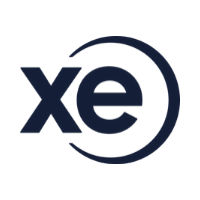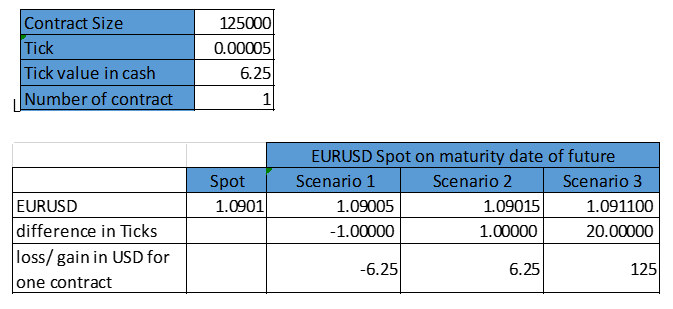Financing and FX; The fundamental concepts
10-08-2020| Niki van Zanten
Each field of expertise has some fundamental concepts that the decision makers tie to as general rules of thumb. For example, a purist chef might stick to a maximum of 5 ingredients on each plate, a winemaker might say only grapes and nothing else, and another winemaker might say any trick goes as long as it feels the wine.
The treasury purist might say the fundamental concept that should be applied and/or benchmarked is to get as close to a zero sum game as possible. I personally tend to agree with this concept, taking into account it’s not a pure mathematical equation. A zero sum game in Treasury would mean looking beyond one pillar of treasury (I would even recommend to look beyond the treasury scope once in a while and why not, even look beyond scope of just your company), and thereby combining the outcomes of a solution across multiple pillars and see if they balance out.
Today we will take a stab out doing that for FX and Financing. Below topics give some insights in when to apply and what to look at for:
- External Financing in Foreign Currency
- Internal Financing in Foreign Currency
- FX swaps
- Conclusion
External Financing in Foreign Currency
Interest rates not only fluctuate but also have different (base) interest rates per currency/country. In general, the all in interest for financing consist of a base rate for a certain tenor and the bank spread based on perception of customers credit. At first glance it might seem interesting to look at financing in a low interest rate currency.
A few years ago many home owners in Poland used EUR mortgages to fund their homes reducing interest cost by a few percent. This of course is not a saving, even though the interest cost were lower, in return they received a FX risk on EURPLN. In case a forward (sell PLN buy EUR) would be used to eliminate the FX risk it would not only wipe out the interest benefit but also bring additional burden in terms of administration, settlements and understanding the complexity of the structure. One of the complexities of the forward is even a credit component, so the point here is, in order to really see the zero sum game picture and its leakage (spreads, out of pocket expenses etc) things can get tricky.
Internal Financing
In most scenarios internal financing is a pass through and in principle it works the same as external with a back to back leg (albeit in a netting scenario). It does open a new array of choices. The more basic choices to put the (internal) FX risk, which tenors to use, accounting classification and perhaps even do everything back to back with a bank or take some risk on the books. In terms of currency and where to put the FX risk, the most straight forward option is to use the currency is which the predominant cash flows occur. You can also choose to centralise all your FX exposure at HQ but this could cause the accounting books to look different then the economics. In any case, with any back to back transaction in general the golden balance sheet rule should apply, ie duration and conditions internal need to match external, unless you choose to have risk on your books.
FX Swaps
FX swaps (buy and sell currency for different value dates) are commonly referred as FX instruments, but in my view they are pure financing instruments. They can be used to hedge the FX on a loan or to adjust timing of cash flow or related hedges which are both financing related issues. When a swap is executed to spot reference on both legs is equal and therefore the pricing is pure interest based. Swaps can be a great way to fine-tune interest rates as forward prices tend to be closer to interbank then to manage through typical cash management products like loans and deposits. The trade-off can come in the form of a little extra work and basic knowledge is needed, but I would argue the same understanding is required when using a bank solution which has swap incorporated such as cross currency pools.
Conclusion
The FX market at first sight provides an excellent way to obtain close to interbank interest rates. Use it wisely and make sure you have a deep understanding of the situation. There are also many good reasons to choose a simple “plug and play” solution when looking at financing elements. As always, if you care about your funding and cash flow the understanding required for keeping it simple is no different than the understanding required for an outsourced (bank provided) solution. So either way, don’t do what you don’t completely understand. A chat with an expert and/or asking the right questions to your banking partners (don’t be shy to ask for the motives of the solution that is offered) will get you on the right path.
I am curious about your thoughts. Please comment…





